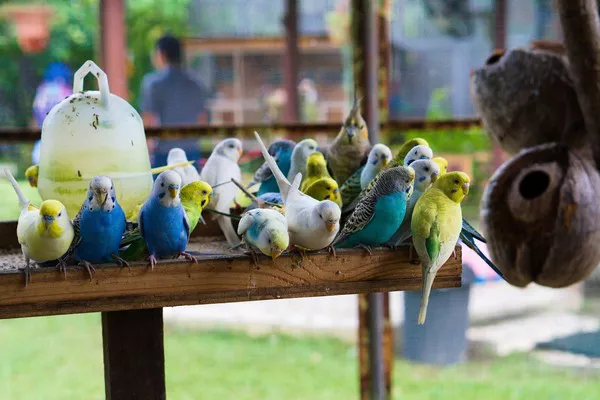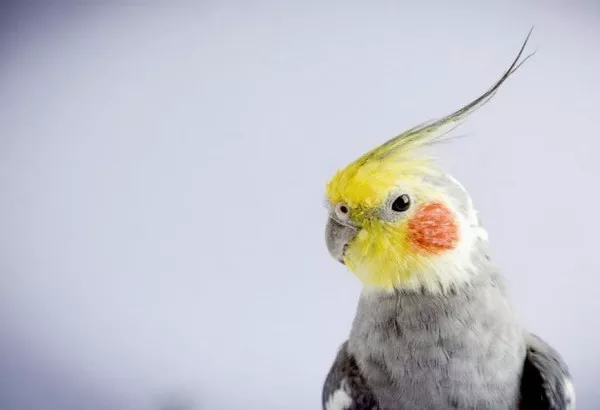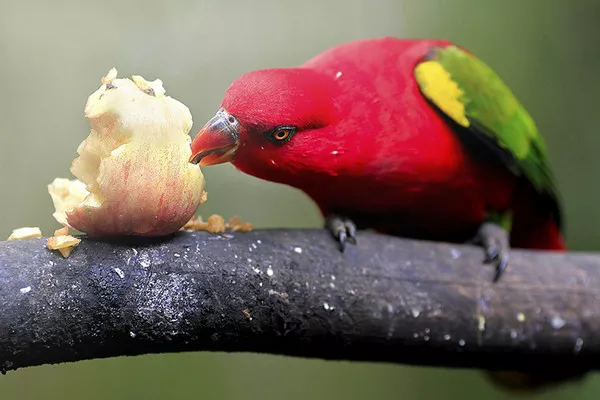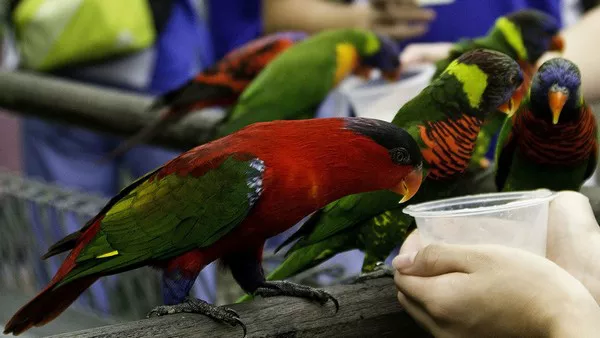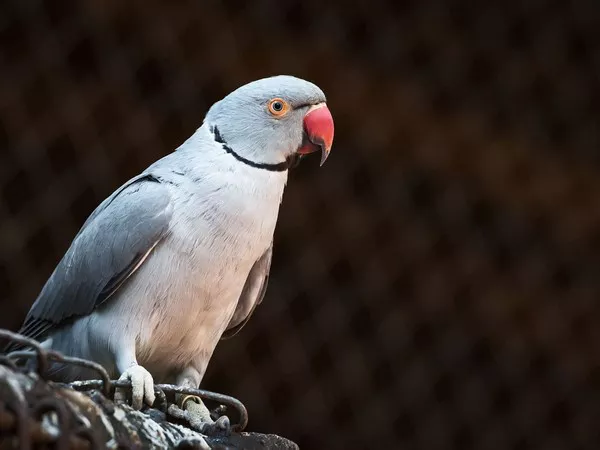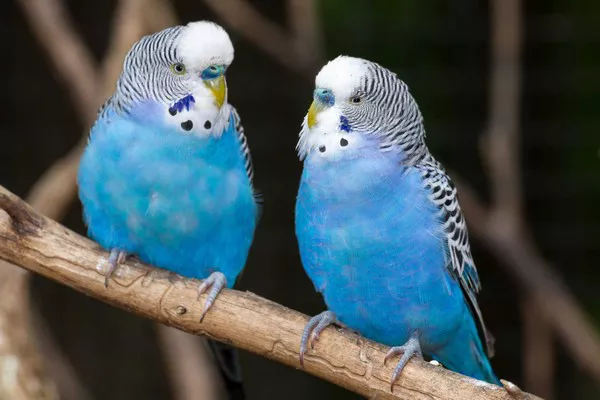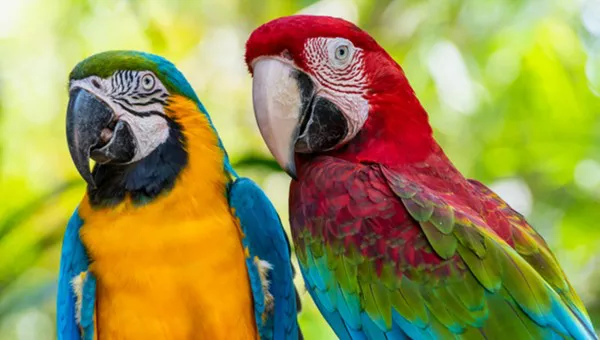Sun conures, known scientifically as Aratinga solstitialis, are one of the most vibrant and beloved species of parrot in the pet trade. With their brilliant yellow and orange plumage, playful personalities, and engaging social behaviors, they have captured the hearts of bird enthusiasts around the world. However, potential and current owners often have questions about their size, care requirements, and overall behavior. This article explores the size of sun conures in detail, covering their physical dimensions, developmental stages, and factors affecting their size, as well as providing insights into their care needs.
Overview of Sun Conures
Before delving into their size, it is important to understand the general characteristics of sun conures. These birds are medium-sized parrots, often measuring between 12 to 14 inches in length from the beak to the tip of the tail. They are known for their striking appearance, which includes a bright yellow body adorned with orange and green accents. Sun conures are social creatures, typically found in the wild in flocks, and they require plenty of social interaction and stimulation in captivity.
Physical Characteristics
Size and Weight: Adult sun conures typically weigh between 100 to 120 grams (approximately 3.5 to 4.2 ounces). Their body length, from head to tail, ranges from 12 to 14 inches (30 to 36 cm). The size can vary slightly based on factors like genetics, diet, and overall health.
Sexual Dimorphism: Unlike some bird species, male and female sun conures look very similar, making it challenging to distinguish between the sexes based solely on physical appearance. However, some owners may notice that males tend to have slightly larger bodies and longer tail feathers. DNA testing is the most reliable method for determining the sex of a sun conure.
Lifespan: In terms of size, it is also important to consider the lifespan of sun conures. In captivity, they can live for 20 to 30 years or more with proper care, making them a long-term commitment for pet owners. Their size at maturity can be influenced by their age, as younger birds may be smaller than fully grown adults.
Developmental Stages of Sun Conures
Understanding the growth stages of sun conures is crucial for potential owners. Their size increases significantly as they develop from hatchlings to fully mature adults. Below, we outline the key stages of their development:
Hatchlings (0 to 2 Weeks)
Size: Hatchlings are incredibly small, weighing only about 10 to 15 grams (0.35 to 0.53 ounces) and measuring around 3 to 4 inches (7.5 to 10 cm) in length.
Appearance: They are covered in a fine layer of down feathers and are entirely dependent on their parents for warmth and nutrition.
Care: During this stage, it is vital to ensure that they receive proper care from their parents or through hand-feeding if they are raised by humans.
Juvenile Stage (2 to 12 Weeks)
Size: At 4 weeks, sun conures begin to grow their first feathers and weigh around 40 to 50 grams (1.4 to 1.8 ounces). By 12 weeks, they may weigh 70 to 90 grams (2.5 to 3.2 ounces) and measure approximately 8 to 10 inches (20 to 25 cm) in length.
Appearance: Their feathers start to show signs of the adult coloration, but they may still have a more muted palette.
Socialization: This is a critical time for socialization, as young birds should be exposed to various people and environments to ensure they grow into well-adjusted adults.
Young Adults (3 to 6 Months)
Size: By 6 months, sun conures typically weigh between 90 to 100 grams (3.2 to 3.5 ounces) and reach lengths of about 10 to 12 inches (25 to 30 cm).
Appearance: They begin to exhibit more vibrant colors and mature plumage. However, the full adult coloration usually develops gradually over the next few months.
Behavior: Young adults are still playful and curious but may start to show more independence. Training during this stage is essential to instill good behaviors.
Fully Mature Adults (1 Year and Older)
Size: Adult sun conures usually weigh between 100 to 120 grams (3.5 to 4.2 ounces) and measure between 12 to 14 inches (30 to 36 cm) in length.
Appearance: Their plumage is now at its most vibrant, with bright yellows, oranges, and greens. Their beaks are fully developed and strong, which aids in their feeding habits.
Behavior: Adults are generally more settled in their personalities but still require mental and physical stimulation. They are known for their vocalizations and can develop a varied vocabulary.
Factors Affecting Size
While the average size of sun conures is relatively consistent, several factors can influence their growth and final size. These include genetics, diet, environment, and health.
1. Genetics
Genetics play a significant role in determining the size of any bird species, including sun conures. Birds that come from larger parents may grow to be larger themselves. Breeders may also select for size traits when breeding birds, which can impact the size of offspring.
2. Diet
A balanced diet is essential for the growth and development of sun conures. A poor diet lacking in essential nutrients can lead to stunted growth and health issues. A healthy diet for sun conures should consist of:
Pellets: High-quality commercial pellets should form the basis of their diet, as they are specially formulated to meet the nutritional needs of parrots.
Fruits and Vegetables: Fresh fruits and vegetables should be offered daily to provide vitamins, minerals, and hydration. Safe options include apples, carrots, leafy greens, and berries.
Seeds and Nuts: While seeds can be part of their diet, they should not be the primary source of nutrition. Nuts can be offered as treats but should be given in moderation due to their high-fat content.
3. Environment
The environment in which a sun conure is raised can impact its size and development. Factors such as space, socialization opportunities, and exposure to different stimuli can contribute to a bird’s growth. A spacious and enriched environment encourages physical activity, which is crucial for healthy development.
4. Health
Overall health plays a critical role in a sun conure’s growth and size. Regular veterinary check-ups can help catch any potential health issues early. Common health problems in sun conures include:
Obesity: Overfeeding or feeding a diet high in seeds can lead to obesity, which may impact growth and overall health.
Diseases: Respiratory infections, bacterial infections, and parasites can hinder growth and cause a variety of health problems.
The Importance of Size in Sun Conures
Understanding the size of sun conures is essential for several reasons, including housing requirements, socialization needs, and behavioral expectations.
Housing Requirements
Sun conures need adequate space to move around, exercise, and play. Their cage should be spacious enough to accommodate their size and provide room for climbing and exploration.
Cage Dimensions: A minimum cage size for a single sun conure is typically 24 inches wide, 24 inches deep, and 36 inches tall. Larger is always better, especially if multiple birds are kept together.
Enrichment: In addition to size, the cage should be equipped with perches, toys, and places for foraging to keep them mentally stimulated.
Socialization Needs
Sun conures are highly social birds that thrive on interaction with their owners and other birds. Their size, combined with their social nature, makes them ideal companions for those willing to invest time in bonding and training.
Interaction: Daily interaction is essential for their emotional health. Owners should aim to spend several hours each day engaging with their sun conure.
Playtime: Allowing sun conures to play outside their cage for supervised periods can encourage physical activity and strengthen the bond between bird and owner.
Behavioral Expectations
Understanding their size can also help owners set realistic expectations for behavior. Sun conures are known for their loud vocalizations, playful antics, and occasional mischievous behavior, which can be more pronounced in larger birds.
Vocalizations: Owners should be prepared for the noise levels associated with sun conures, as they can be quite vocal, especially during mating season or when they feel bored.
Training: Regular training sessions can help mitigate unwanted behaviors and reinforce positive behaviors.
Conclusion
Sun conures are captivating and lively companions known for their striking appearance and sociable nature. Understanding their size—from hatchlings to fully mature adults—provides potential and current owners with essential knowledge for their care and well-being.
By focusing on factors that influence size, such as genetics, diet, environment, and health, owners can help their sun conures reach their full potential in terms of growth and development.
Ultimately, these birds require a commitment of time and resources to ensure they live healthy, happy lives. With the right care, sun conures can be cherished companions for many years, bringing joy and vibrancy to any home.
Related Topics:


